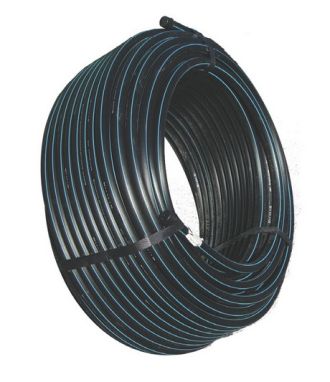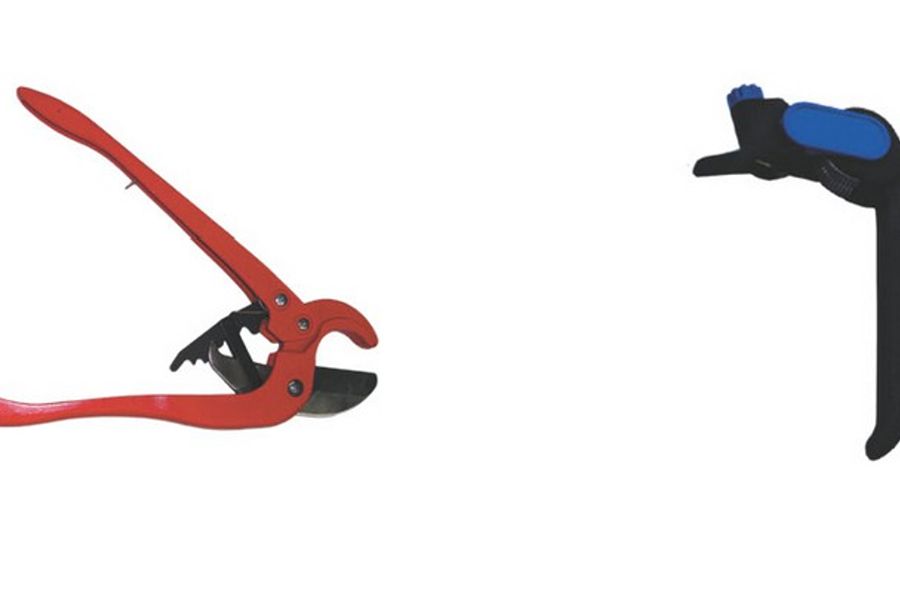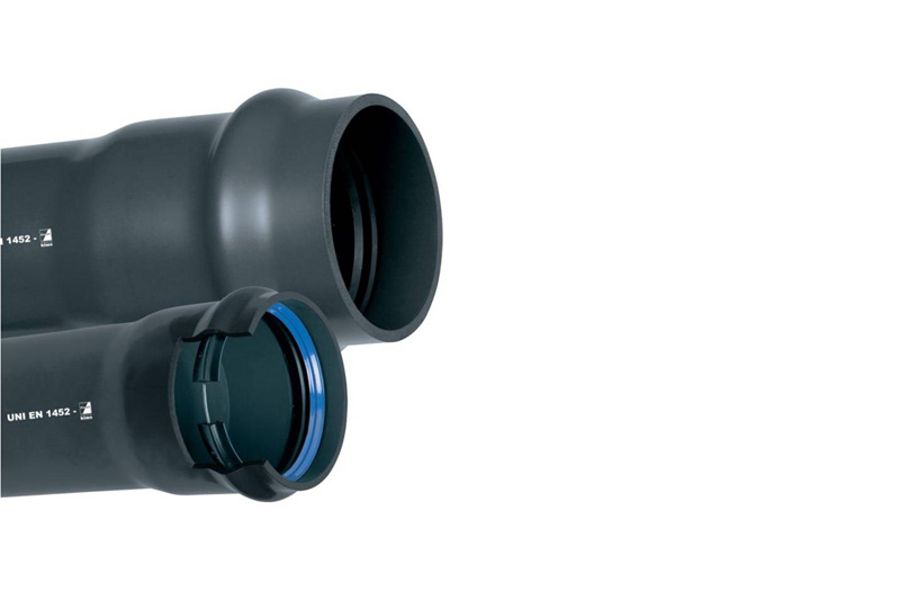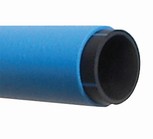USE
Polyethylene has been used for pipe making for more than 60 years, mainly in the distribution of drinking water and gas, as well as in wastewater systems.
In addition to corrosion and broad chemical resistance, resistance to mechanical wear and low weight, polyethylene pipelines still boast flexibility and durability.
STANDARD
PE pipes for the distribution of drinking water are manufactured in accordance with DIN EN 12201, HRN EN 12201 and Slovenian Technical Permit STS-16/0010, issued by the Slovenian Construction Institute.
Pipes comply with the law on the health of food and products and materials that come into contact with food. We also have the appropriate W 270 certification for this.
The polyethylene pipes for the distribution of drinking water are marked in blue.
PROPERTIES AND CLASSIFICATION OF PE MATERIALS (PE 80, PE 100, PE 100 RC PLUS)
According to the ISO classification (ISO TR 9080, ISO 12162) we classify PE pipe material according to the minimum long-term hardness (MRS), which is obtained by standard extrapolation methods.
Table 1 gives the values of MRS and σs for certain types of PE materials.
ADVANTAGES
Welded polyethylene tubes are a durable solid pipe joint. Together with the fittings, we obtain permanently sealed pipe systems for maximum safety.
The flexibility of PE pipes allows rational installation techniques and thus reduces costs. In the case of stranding or movement of the earth, no cracks or breaks will occur as in rigid pipes made of other materials.
PE 80
Pipes of smaller diameters (up to max. D 125 mm) are usually supplied in coils, and are mainly used for conduction of household connections and distribution lines. Because they themselves are very branched and often change direction, there is a great need for flexibility in the material or pipe.
Here is a reasonable use of PE 80.
PE 100, PE 100 RC PLUS
The main supply lines connecting the water preparation site to the water distribution network are generally carried out with PE 100 pipes.
The PE 100 is a logical continuation of development, which has made the PE system more useful. Higher material hardness gives us the ability to produce larger diameter pressure pipes.
These pipes are usually available in rods 12 feet or more.
WELDING AND JOINING
PE pipes are usually welded using known methods:
frontal and electro-fusion. Standard PE fittings of PE 80 or PE 100 are used. When connecting the pipeline from PE 80 to PE 100, it is recommended to connect it with an electrofusion coupling.
Pipes can also be connected with mechanically serrated connectors.






